konig

Käthe Kollwitz (born as Schmidt) was a German artist who worked with painting, printmaking (including etching, lithography and woodcuts) and sculpture. Her most famous art cycles, including The Weavers and The Peasant War, depict the effects of poverty, hunger and war on the working class. Despite the realism of her early works, her art is now more closely associated with Expressionism. Kollwitz was the first woman not only to be elected to the Prussian Academy of Arts but also to receive honorary professor status.



Francis Bernard Dicksee was an eminent English painter and illustrator, celebrated for his dramatic portrayals of historical, literary, and legendary themes. Born into an artistic family in 1853, Dicksee received his early education in art from his father, Thomas Dicksee, a renowned painter himself. His proficiency in art was evident from a young age, leading to his enrollment at the Royal Academy Schools at the tender age of 17.
Dicksee's works are characterized by their romantic flair and vivid storytelling. He masterfully blended color, emotion, and detailed historical settings to create captivating scenes. His most notable works include "The Funeral of a Viking" (1893), housed at the Manchester Art Gallery, and "The Two Crowns" (1900), celebrated for its striking medieval pageantry. These paintings, along with others like "Romeo and Juliet" (1884) and "Chivalry" (1885), exemplify his skill in romantic and historical portrayals.
Throughout his career, Dicksee remained true to his Victorian roots, often expressing skepticism towards modernism in art. His dedication to traditional artistic values led to his election as the President of the Royal Academy in 1924, a position that reflected his standing and contributions to the art world. Despite his reservations about modern artistic trends, Dicksee's work continued to resonate with audiences, cementing his legacy as a quintessential Victorian artist.
Dicksee's influence extended beyond the canvas; his paintings like "The Funeral of a Viking" found a place in popular culture, being used as album covers by bands like Bathory. His comprehensive portfolio, documented by Simon Toll in a 2016 publication, reveals a rich tapestry of portraits, historical scenes, and romantic depictions, offering a window into the Victorian era's artistic sensibilities.
For art collectors and enthusiasts, Dicksee's work represents a significant chapter in the history of English painting. His paintings, often featuring dramatic and emotional scenes, are not just artistic masterpieces but also historical documents that capture the essence of an era.
To stay informed about new discoveries and sales related to Francis Bernard Dicksee's works, sign up for updates. This subscription is an excellent resource for collectors and art experts, providing timely information on auction events and product sales related to this influential artist.

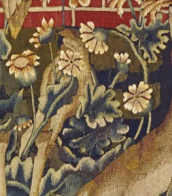

Johann König was a German painter. The son of a Nuremberg goldsmith, König was a follower of Adam Elsheimer. He is known today primarily because of his very finely painted copper panels.

Frank Philip Stella, an American icon in the realms of painting, sculpture, and printmaking, has left an indelible mark on the art world with his pioneering work in minimalism and post-painterly abstraction. Born on May 12, 1936, in Malden, Massachusetts, Stella's artistic journey commenced with his studies in painting at Phillips Academy, Andover, and history at Princeton University. His move to New York City in 1958 heralded the start of an illustrious career that would see him challenge and redefine artistic boundaries.
Stella's work is celebrated for its innovative approach to form, color, and composition. His early endeavors in the late 1950s showcased black paintings characterized by bands of bare canvas, which played a pivotal role in emphasizing the flatness of the picture plane. This deliberate artificiality in his work garnered considerable attention and positioned him at the forefront of Post-Painterly Abstraction, a movement that reacted against the emotive excesses of Abstract Expressionism.
Throughout his career, Stella continued to push the limits of abstraction. His vocabulary expanded to include vibrant and dynamic assemblages that projected out from the wall, utilizing a variety of materials from steel to plastic. This evolution of his style is not only a testament to his ingenuity but also his influence on contemporary art. Notable works that exemplify his groundbreaking approach include "Grajau I," "Harran II," and "Eskimo Curlew," among others, which can be found in prestigious collections such as The Glass House and the Solomon R. Guggenheim Museum.
For art collectors and enthusiasts alike, Stella's oeuvre offers a captivating exploration into the possibilities of abstract art. His continued relevance and the profound impact of his work on both his peers and successive generations of artists underscore his status as a seminal figure in modern art.
Stay updated on new discoveries, sales, and auction events related to Frank Philip Stella by signing up for our newsletter. This subscription is your gateway to the latest in the world of Frank Stella, ensuring you never miss an opportunity to engage with the works of this monumental artist.


Albert Einstein was a German-born theoretical physicist, widely acknowledged to be one of the greatest and most influential physicists of all time. Einstein is best known for developing the theory of relativity, but he also made important contributions to the development of the theory of quantum mechanics. Relativity and quantum mechanics are together the two pillars of modern physics. His mass–energy equivalence formula E = mc2, which arises from relativity theory, has been dubbed "the world's most famous equation". His work is also known for its influence on the philosophy of science. He received the 1921 Nobel Prize in Physics "for his services to theoretical physics, and especially for his discovery of the law of the photoelectric effect", a pivotal step in the development of quantum theory. His intellectual achievements and originality resulted in "Einstein" becoming synonymous with "genius".

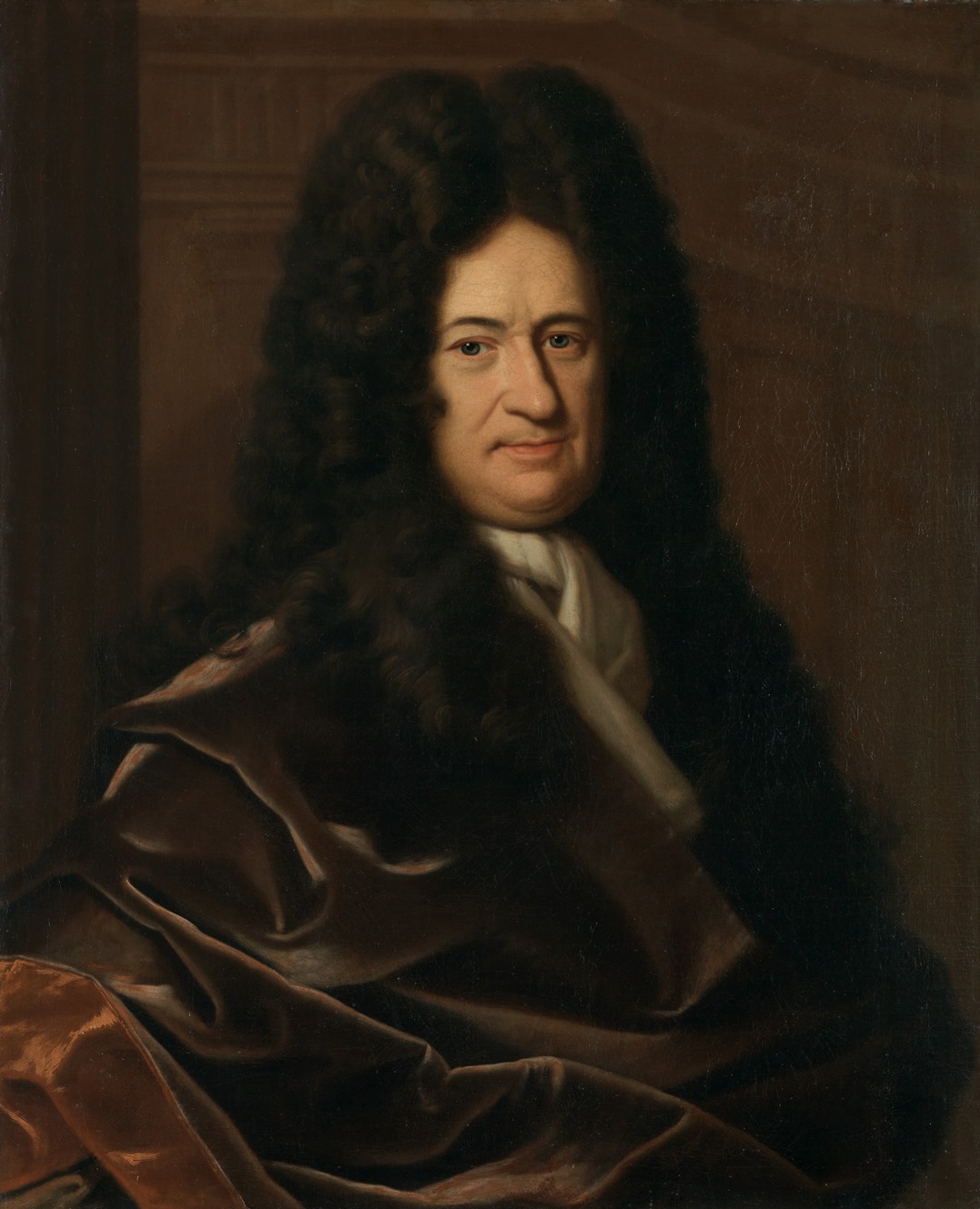
Gottfried Wilhelm Leibniz was a German philosopher and a prominent polymath in many fields of science.
Leibniz was a universal genius; he showed his talents in logic, mathematics, mechanics, physics, law, history, diplomacy, and linguistics, and in each of the disciplines he has serious scientific achievements. As a philosopher, he was a leading exponent of 17th-century rationalism and idealism.
Leibniz was a tireless worker and the greatest scholar of his time. In the fate of Leibniz, among other things, there is one interesting page: in 1697, he accidentally met the Russian Tsar Peter I during his trip to Europe. Their further meetings led to the realization of several grandiose projects in Russia, one of which was the establishment of the Academy of Sciences in St. Petersburg.
Gottfried Wilhelm Leibniz was also the founder and first president of the Berlin Academy of Sciences and a member of the Royal Society of London.


Hendrick Jansz ter Brugghen was a Dutch painter of genre scenes and religious subjects. He was one of the Dutch followers of Caravaggio – the so-called Utrecht Caravaggisti. Along with Gerrit van Hondhorst and Dirck van Baburen, Ter Brugghen was one of the most important Dutch painters to have been influenced by Caravaggio.
Ter Brugghen's favourite subjects were half-length figures of drinkers or musicians, but he also produced larger-scale religious images and group portraits. He carried with him Caravaggio's influence, and his paintings have a strong dramatic use of light and shadow, as well as emotionally charged subjects. His treatment of religious subjects can be seen reflected in the work of Rembrandt, and elements of his style can also be found in the paintings of Frans Hals and Johannes Vermeer. Peter Paul Rubens described ter Brugghen's work as "...above that of all the other Utrecht artists".



















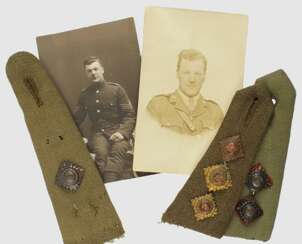


































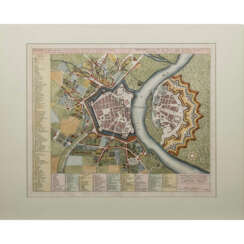









![[ELZHOLZ, L., C. RACHLIN and J. SCHULTZ, editors]](/assets/image/picture_2944032/46131/e2e4c1693cdce3f36d6d2f2458dc2dad1689199200jpg__fix_374_244.jpeg)
![[ELZHOLZ, L., C. RACHLIN and J. SCHULTZ, editors]](https://veryimportantlot.com/assets/image/picture_2944032/46131/e2e4c1693cdce3f36d6d2f2458dc2dad1689199200jpg__fix_374_244.jpeg)



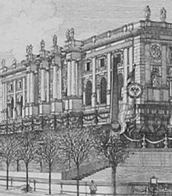
![[Boccaccio, Giovanni. Il Filocolo, deutsch:]](/assets/image/picture_4051308/9ef81/xhhsrcldqvf9mbkoxjbw4vp-pz6opxu2kkg2zw0vqjsa7utjpjewt5egkgws1zw1718713600jpg__fix_374_244.jpeg)
![[Boccaccio, Giovanni. Il Filocolo, deutsch:]](https://veryimportantlot.com/assets/image/picture_4051308/9ef81/xhhsrcldqvf9mbkoxjbw4vp-pz6opxu2kkg2zw0vqjsa7utjpjewt5egkgws1zw1718713600jpg__fix_374_244.jpeg)






